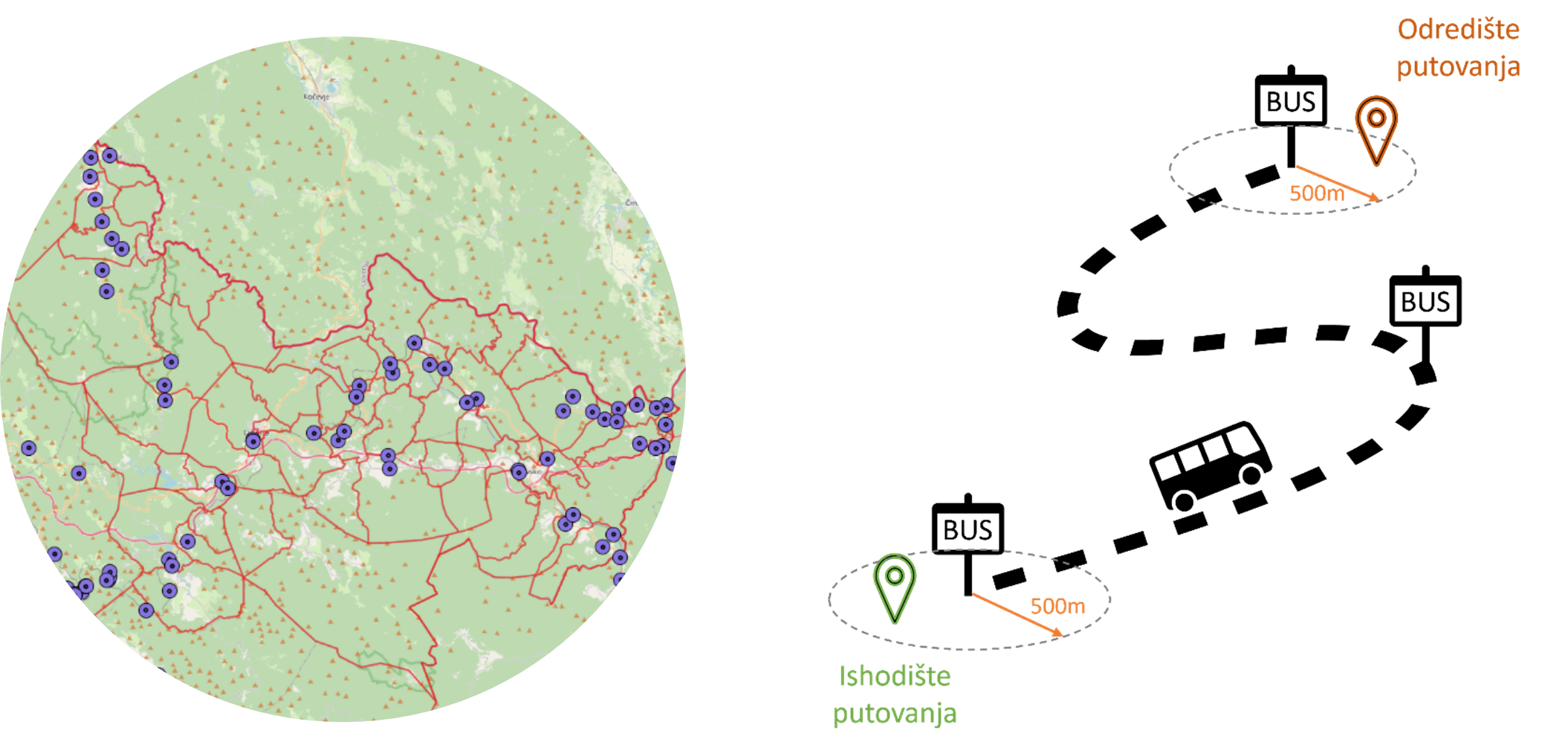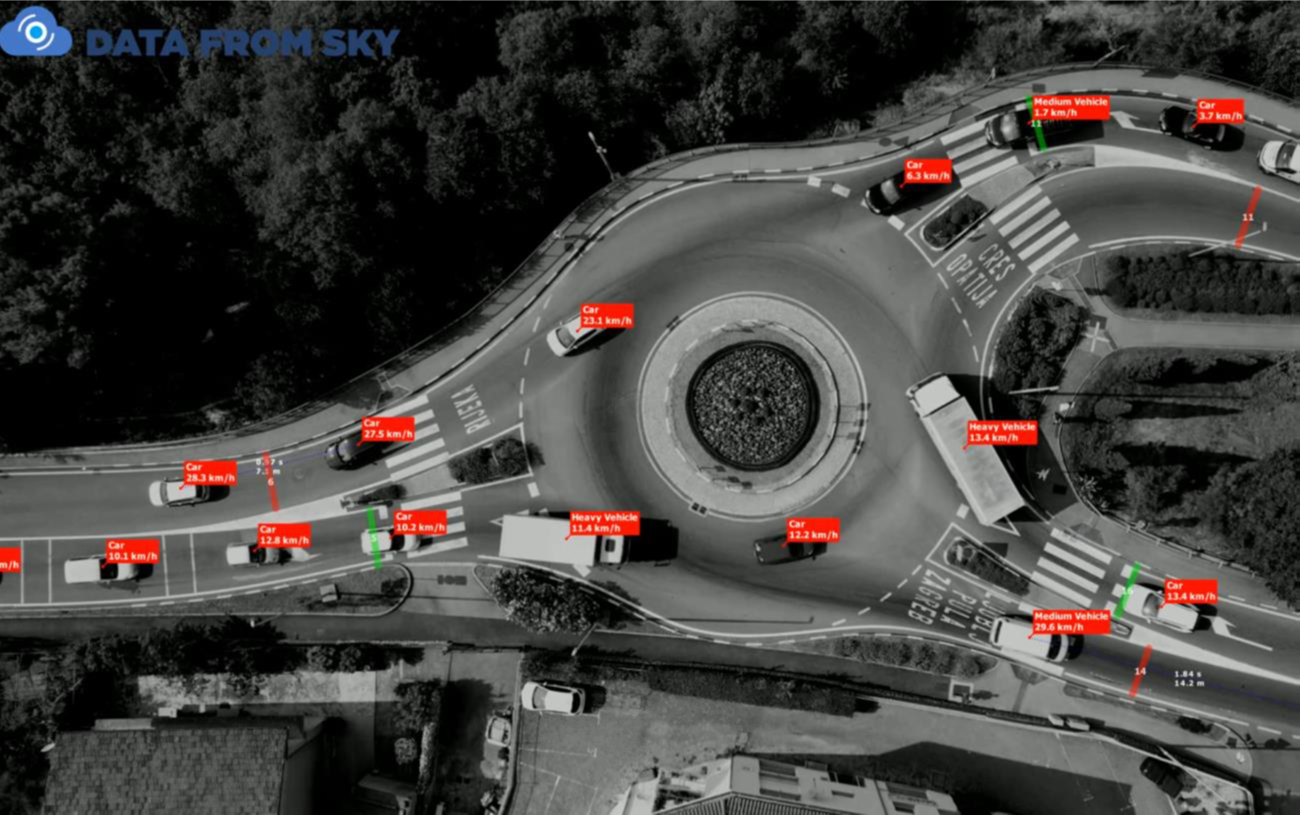Challenges
The Regional Development Agency of Primorje-Gorski Kotar County – Occasion, as a regional coordinator for development projects, monitors a large number of sources of information on available EU and national tenders on a daily basis. The previous manual process of searching, filtering and informing users was extremely demanding, prone to errors and time-consuming. Such an approach makes it difficult to identify tender opportunities in a timely manner and reduces the operational efficiency and absorption of the funds.
The aim was to explore the possibilities of digital transformation of this process by testing an AI-based solution that would enable automated collection, analysis and dissemination of tender information.
Solutions
Through the program Test Before Invest and cooperation with the EDIH Adria team, Occasion tested a functional prototype AI platform that combines technologies Automatic data collection (web scraping) i Large Language Models (LLM) through concept Retrieval-Augmented Generation (RAG).
Key functionalities include:
- Automated search of more than 30 web sources and creation of a database of contests
- Generate structured summaries in two formats : For internal and external use
- Interactive user interface for searching, analysing and displaying statistics
- Automatic sending of newsletters and replies by e-mail
- Visualization of data through interactive graphs and reports
The technology demonstrator was developed using open source, Streamlit framework and OpenAI model, with an emphasis on flexibility and adaptability.
Results and Benefits
Testing the platform prototype has shown a number of concrete benefits for the Occasion:
- Accelerated search and processing of data – automatic data retrieval replaces manual operation
- Increased timeliness of user information – lower risk of missing important tenders and continuous monitoring of funding sources on European sources of information;
- Reducing the burden on employees – frees up time for analytical and strategic tasks
- A more accurate and structured presentation of information – including target groups, amounts, deadlines, partners
- Increased transparency and accessibility – with the possibility of sending personalised summaries
By applying the solution, the Occasion can better and more comprehensively support local self-government units, institutions and other users in finding sources of funding, designing project ideas and applying for tenders, increasing regional competitiveness.
Lessons learned
The pilot project revealed several important insights:
- A detailed specification of the data source and structure is required due to different publication formats
- Scrapers should be adapted to every source, because there is no standardisation between sources
- Regular maintenance and updating the system is essential for long-term reliability
- It is important to use local knowledge bases and EU data centres for safety and privacy
- Cooperation between IT and expert team ensures proper interpretation and distribution of information
In addition, users reacted positively to the idea of a weekly newsletter, graphics and the ability to share information targeted to the interests of users.
Measurable data
Based on the simulation and test data, the following potential effects were identified:
- Up to 80% Reduce time for data collection and classification
- Savings of several hours per week per employee in the operational team
- Increasing the accuracy of information display thanks to AI classification and compression
- Creation of a centralised tender database with the possibility of searching by numerous filters
- Automatic processing and reporting for more than 100 tenders per week
Conclusion
The testing project of the AI platform for analysis and distribution of tender information has shown that the opportunity can achieve significant time savings, increase efficiency and offer a better service to end users.
The prototype demonstrated the full potential of AI technology in the daily operations of development agencies. The following steps include final specification, phase implementation planning and integration into the operational work of the agency.
Ultimately, this project can serve as a template for the digitalisation of similar processes in other regional and national institutions.






